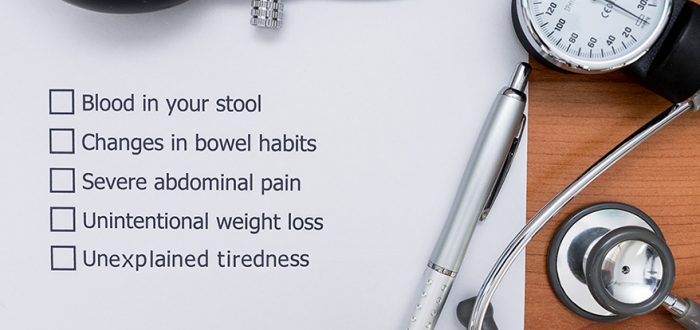The long awaited NICE Guidance DG30 on “Quantitative faecal immunochemical tests (FIT) to guide referral for colorectal cancer in primary care” was published in July 2017.
Release of NICE Guidance DG30 has now helped to address the debate raised by the NG12 cancer referral guidelines published in June 2015. NG12 recommended Faecal Occult Blood Tests (FOBT) as an aid to the two week wait referral pathway for patients with suspected colorectal cancer from primary care, and where a definitive diagnosis was unclear. Controversy with the NG12 guidelines arose due to the use of the terminology of FOBT, since this method had been withdrawn from the patient pathway in the 2005 guidelines. Although a generic terminology, the majority of FOBT technology at that time was primarily guaiac based which was considered to have poor specificity and sensitivity for use in identification of colorectal cancers in symptomatic patients.
The new guidance (DG30) focuses on the peer reviewed data for the more sensitive and specific Faecal Immunochemical Test (FIT) technology that is now available. Using the available data, the Diagnostics Advisory Committee has created an economic model for each of the FIT methods under review. The recommendations from the review, are that quantitative FIT should be used in primary care to guide referral for suspected colorectal cancer in people without rectal bleeding, who have unexplained symptoms, but who do not meet the criteria for a suspected cancer pathway referral outlined in the NICE NG12 guideline (see Table 1).
NICE concludes that a cut-off of 10 μg Hb/g faeces should be used to define the threshold for ruling out colorectal cancer.
However, they acknowledge that using a lower cut-off than 10 μg Hb/g faeces would create disparity between the available methods, and hence have asked that manufacturers of these technologies should provide performance characteristics to prospective laboratories.
NICE guidance DG30 also recognises that FIT detects a symptom of colorectal cancer (haemoglobin) that could also be associated with a range of other conditions. Data from studies reporting
diagnostic accuracy for multiple target conditions in the same population, suggested that up to 28.9% of people with a false positive FIT result for colorectal cancer, did have some form of serious bowel pathology, such as inflammatory bowel disease or high risk adenoma. The guidance concludes that it is plausible that the number of false-positive results that occur when using the tests to rule out colorectal cancer, could be partially offset by detecting other treatable bowel pathology.
Finally the guidance suggests that commissioning groups that implement the use of FIT in their patient referral pathway should be auditing their outcomes to include:
■ The number of patients referred under the 2 week wait for suspected cancer pathway
■ The number of patients diagnosed with colorectal cancer
■ The resultant number of colonoscopies and CT colonographies requested

